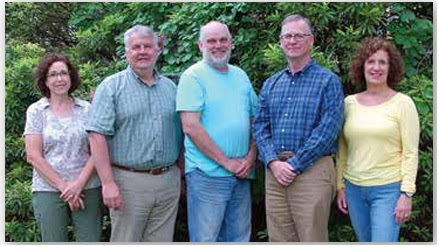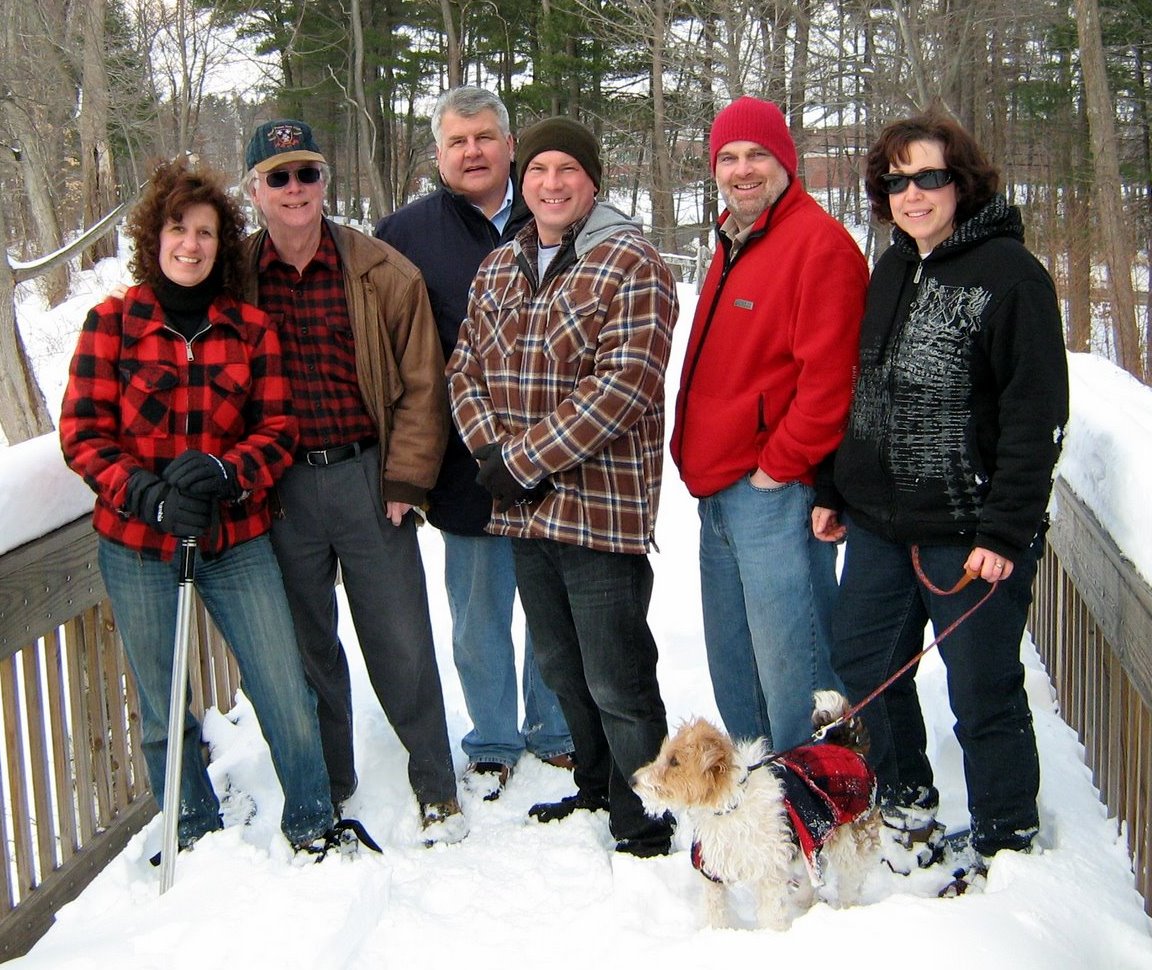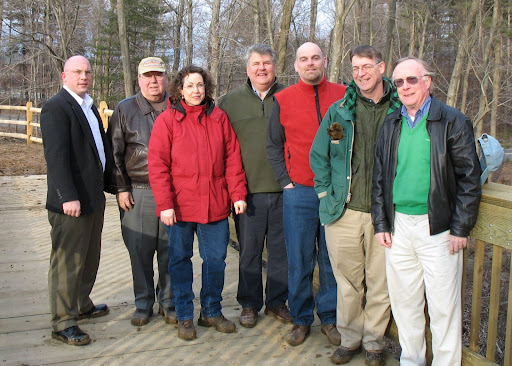I have already posted an entry regarding my take on the upcoming rate increase It is obvious from all my discussions with news media and friends, that there is a vast chasm of knowledge for what affects their tax bill in Shelton. This is my feeble attempt to offer explanation.
First some groundwork understandings: On May 15th, the Board of Aldermen set the mill rate for fiscal year 2007/2008 - your tax bill due to be paid by Jul/07 and Jan/08. A mill rate is a tax rate per thousand dollars (thus the "mill") in assessed value for both real property (land, buildings) and personal property (auto, business equipment, etc). Assessment value is 70% of market value. The market value is determined by the assessor's office thru careful analysis of much data such as sales, physical inspections, etc. (assessment value for autos is set at a fixed schedule by the state of Ct, for example a 1980 Volvo in Greenwich is the same valuation if it were located in Windsor). The entire value of all property in the City is referred to as the "Grand List".
The Assessor's office is reqd by state law to carry out a re-valuation of all property every certain number of years (the law changed recently I believe from every 10yr to a 5yr period). Shelton has just experienced such "revaluation" and all property values are fixed to a 2006 valuation (last valuation was 2001). Understandably property value has increased in that 5yr span, but not equally across the entire town. An area attracting real-estate interest and market desirability will show a greater increase % in value than a less desirable area. Similarly, the personal property of businesses (computers, machinery, office equipment) depreciates in value over time (depreciation for balance sheets, a company's "books", is a different schedule than that used for property tax assessement). This fluid mix of numbers that make up the Grand List lead to confusion for what the new mill rate means to an individual's tax burden.
I received my new valuation statement from the assessor's office, just like all residents, in 2006. As expected, my property value has increased and I divided the assessed value by 70% to obtain what was the City thought to be my home's market value. I agreed it was fair and reasonable.
My earlier post on the subject was pro-forma with the Mayor's proposed budget and resulting mill rate. Now that the actual budget and resulting mill rate have been adopted, I can report that my street of typical 1950 era ranch style homes (on which I have lived since 1965) has an average tax increase of 24.26%. There are currently 3 school age children in my neighborhood of 21 homes.
A more recent PRD subdivision from 1998 such as Mayflower Lane has calculated to a tax increase of 11.65% increase. There are 41 school age children in that neighborhood of 24 homes.
My neighborhood is gentrified with several residents in their retirement, and thus few students contributing to costs of the school system. About 8yrs after my neighborhood was constructed (my house was 1958) the area was filled with school kids and led to the construction of Long Hill Elementary School. After the kids grew and parents stayed around, the demand on the school diminished and now is able to handle capacity for kids from as far away as Meadow Street near the High School. A new subdivision (within past 8yrs) is experiencing that same cycle.
My end of town has been undervalued, or perhaps more accurately "under appreciated" as people and realtors focused on the "Huntington" or "White Hills" monicker for adding some cachet to those areas. Now with an understanding that the Long Hill or Pine Rock area of town can easily access the commercial corridor of Bpt Ave, the Rte 8 and Merrit Parkway, as well as open space nearby for hiking or recreation such as the Public Boat Launch and the Sports Center with ice rink and driving range - all have focused some new developments to be built (Waterview Landing, Rivers Edge, Pinecrest, Marina). Thus our property values have appreciated at a brisk pace, and resultingly our taxes based upon them.
Regardless to these market conditions, the Planning & Zoning Commission (elected body) must make firm decisions toward proper planning of Shelton's land base for development. A balanced community requires a good commercial corridor of high yielding tax/acre to counter the deficit of tax vs service that residential development has illustrated for years.
Subscribe to:
Post Comments (Atom)



No comments:
Post a Comment